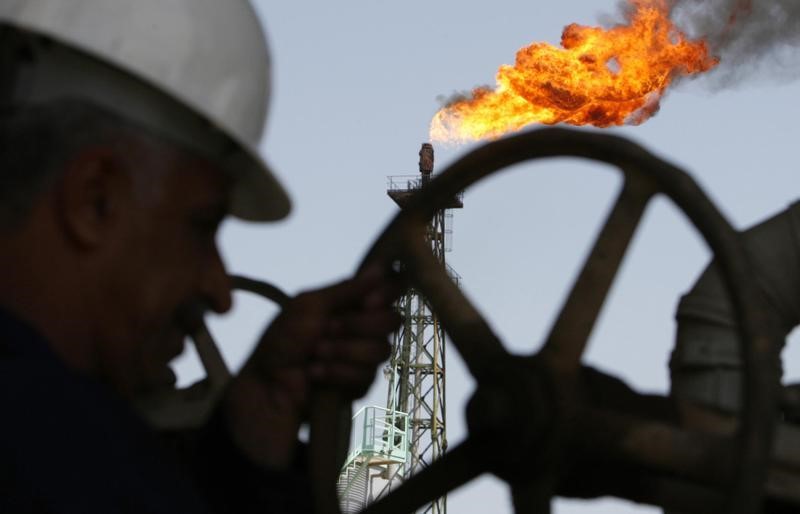* Saudi wants OPEC to solve own problems before meeting non-OPEC
* Russia still plans to attend lower-tier talks on Nov. 28
* Saudis plan hiking supplies to some Asian customers in Jan
* China's monthly oil imports fall
* Analysts expect some output cut after OPEC meeting (Updates with $2 per barrel drop)
By Jessica Resnick-Ault
BOSTON, Nov 25 (Reuters) - U.S. crude fell nearly 4 percent on Friday, dragged down by uncertainty over whether the Organization of the Petroleum Exporting Countries will reach an output deal, after Saudi Arabia said it will not attend talks on Monday with non-OPEC producers to discuss supply cuts.
Brent crude futures LCOc1 settled at $47.24 a barrel, down $1.76 or 3.59 percent. U.S. crude futures CLc1 settled down $1.90 a barrel at $46.06, a 3.96 percent decline. Prices continued to decline in post-settlement trading, dropping as low as $45.88 a barrel.
U.S. crude ended the week up 13 cents a barrel, after trading between $45.77 and $49.20 a barrel. Brent crude rose 20 cents during the week and traded in a range of $46.85 and $49.96 a barrel.
Overall activity on both contracts was thin after the U.S. Thanksgiving holiday and ahead of the weekend.
Top OPEC oil exporter Saudi Arabia has told the producer group it will not attend talks on Monday with non-OPEC producers to discuss limiting supply, OPEC sources said, as it wants to focus on having consensus within the organisation first. think Saudi's announcement it would not to go to the meeting drove the initial sell-off," said Tariq Zahir, managing member at Tyche Capital in New York. "There has to be a substantial cut and it has to be something that the street will believe."
Russia still plans to attend lower-tier talks on Nov. 28 in Vienna ahead of the OPEC ministerial meeting on Nov. 30, a Russian source familiar with the matter told Reuters. that state oil giant Saudi Aramco would in January increase oil supplies to some Asian customers also cast a shadow on markets, traders said. decline in China's October crude oil imports to their lowest on a daily basis since January added to the bearish tone. analysts said fundamentals were little changed - apart from concerns over the fate of next week's deal.
Bjarne Schieldrop, chief commodities analyst with SEB Bank in Oslo said prices could rebound if the Nov. 30 meeting succeeded in reaching a targeted production cap of 32.5 million to 33.0 million barrels per day (bpd), from the 33.64 million bpd the group pumped in October. Thursday, the oil minister of non-OPEC nation Azerbaijan said OPEC was also pushing oil producers outside the group to make big cuts in output. analysts expect some form of cut, but it is uncertain whether that would be enough to prop up a market dogged by oversupply since 2014. market reaction will hinge on the credibility of the proposed action," U.S. investment bank Jefferies said, adding recent output increases to record levels in many countries now required a deep cut to lift prices significantly.
"The surge in OPEC output since August has shifted the market back into oversupply and re-balancing will be deferred until the second half of 2017 without a cut of at least 700,000 barrels per day."
